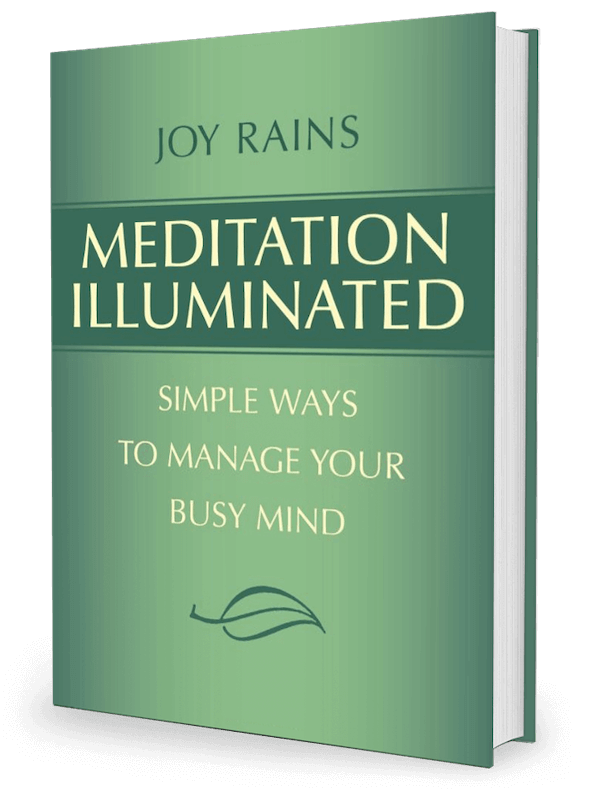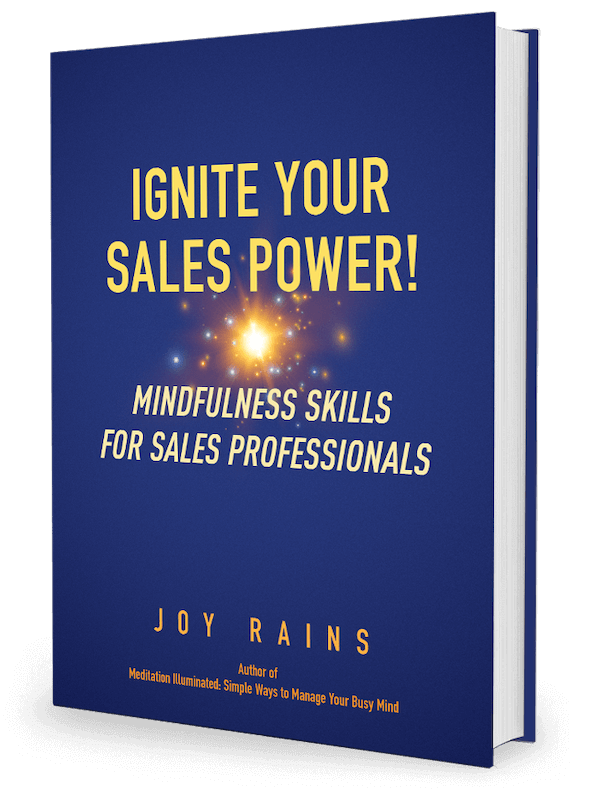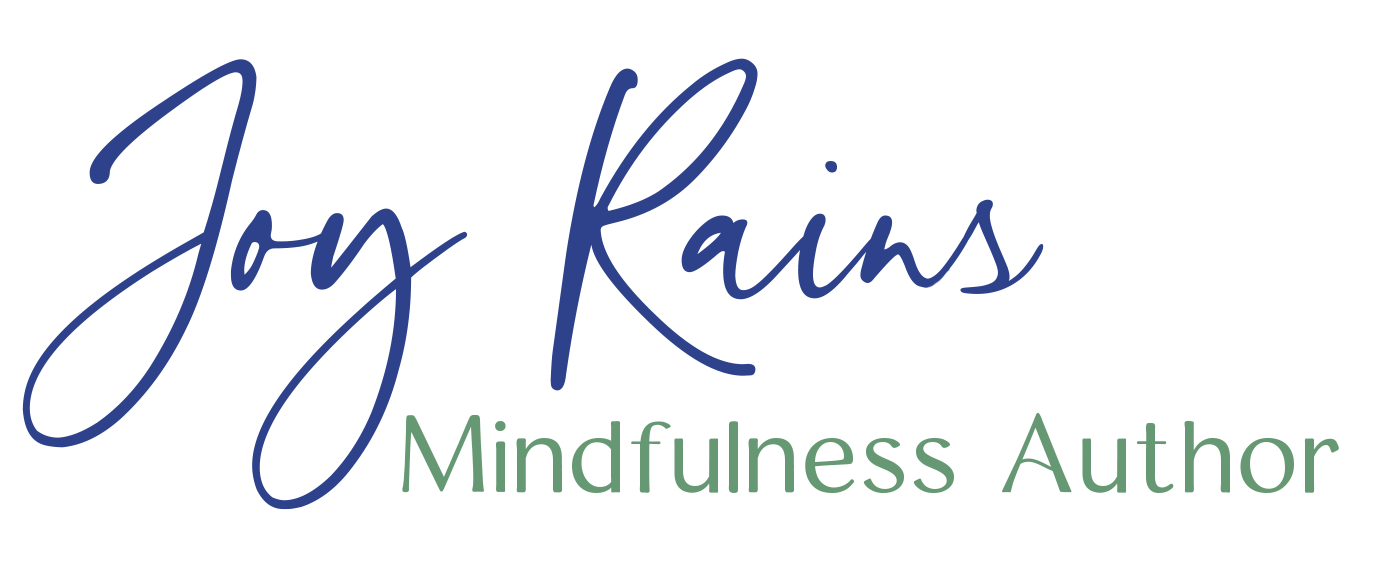Mindfulness Books for a Calmer Life
and a Thriving Career
A meditation guide and a mindful sales book from Joy Rains.

Meditation Illuminated: Simple Ways to Manage Your Busy Mind
Learn to Meditate (Even If Your Mind Is Busy)
Ready to learn to meditate without feeling overwhelmed? This beginner-friendly guide offers clear, step-by-step instructions and 21 unique practices to help you reduce stress, quiet a busy mind, and invite more calm into your day.
Whether you’re interested in learning to meditate or simply want a refresher, you’ll find practical tips and encouragement woven throughout every chapter. Inspired by the guidance Joy wished for decades ago, Meditation Illuminated is a handy resource to help you bring more presence to your life, one mindful moment at a time.
Buy the Book
Paperback
Kindle eBook
Audiobook
Ignite Your Sales Power! Mindfulness Skills for Sales Professionals
Grow Your Business with Mindful Sales
Want to sell with more empathy, resilience and confidence? This practical guide offers simple mindfulness techniques and concrete, everyday steps to put them into practice.
You’ll discover proven strategies to cultivate mental clarity and emotional intelligence — and learn how to strengthen customer relationships to create sustainable growth. Inspired by Joy’s decades of mindfulness and B2B sales expertise, Ignite Your Sales Power! shows you how to build your business, one mindful moment at a time.
Perfect for mindful sales training and team development. For bulk orders, contact Joy.
Buy the Book
Paperback
Kindle eBook

